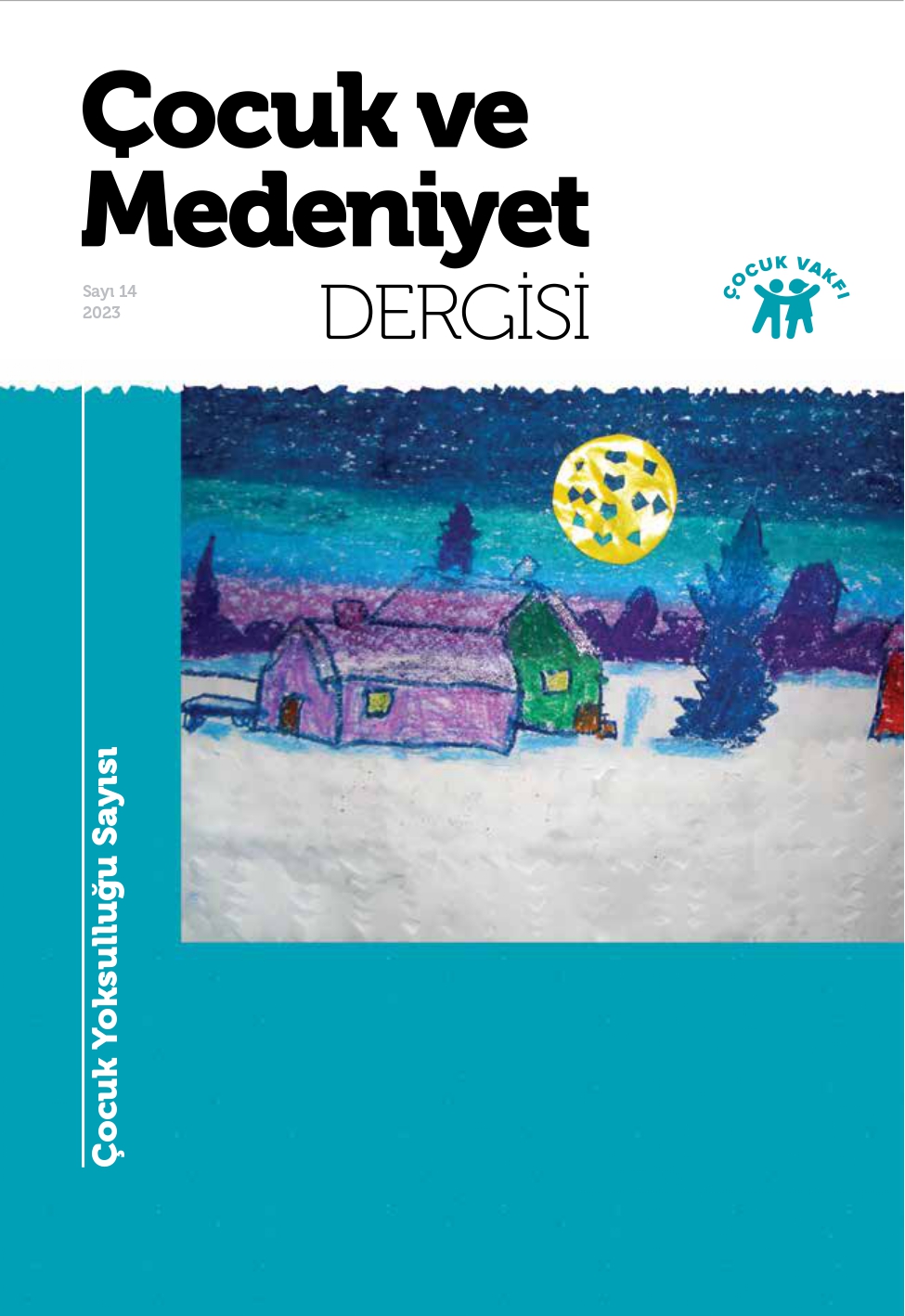Investigation of Child Poverty from the Perspective of Art History
DOI:
https://doi.org/10.47646/CMD.2023.304Keywords:
poverty, childhood, child poverty, art history and child poverty, social realismAbstract
Poverty is a phenomenon that persists in every period and is seen at different levels in every society. Poverty, which takes shape in different forms and dimensions and hinders the understanding of welfare, is more palpable on vulnerable groups; women, the elderly, the disabled, etc. Children, who are unprotected and in need of defense, are also among these vulnerable groups. Child poverty can be addressed from many perspectives such as economy, politics, law, social, education and art history. In this study, child poverty is discussed in the discipline of art history within the framework of the reflections of “social realism”, the artistic understanding of the Realism movement in the 20th century. Social realism deals with the lives of ordinary people and the effects of political and socio-economic transformations in society on people. Following the literature review, one work of Kathe Kollwitz, Antoni Berni and Neşet Günal, who are prominent in the field of social realism, dealing with child poverty and the social conditions in which these works were created will be included. For this purpose, with an interdisciplinary approach, the contributions of artists who address the problem of poverty, which is inevitable in every society, through children will be evaluated.

